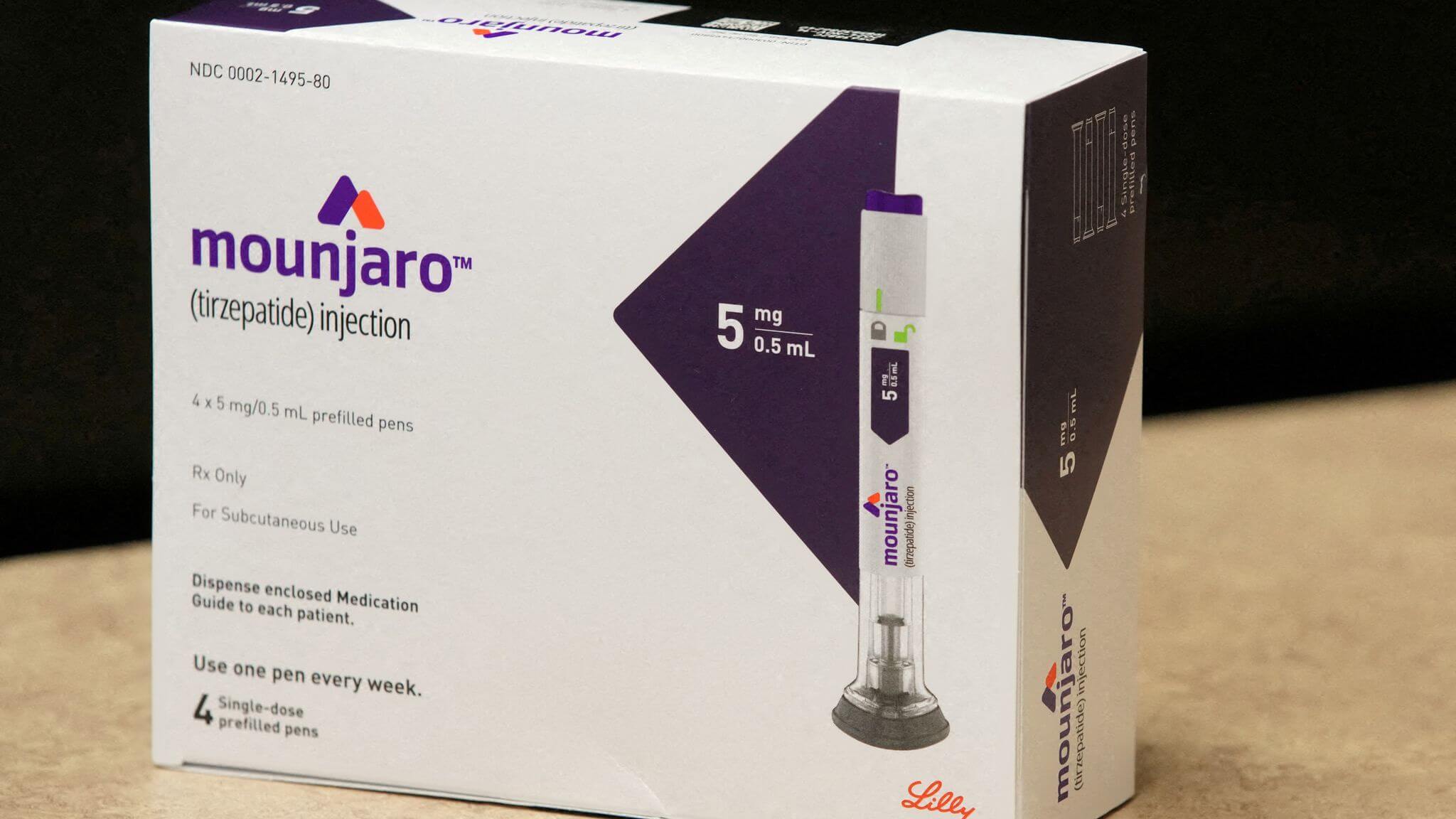Fatal sleeping sickness can spread through skin: study
Tue 20 Dec 2016, 12:17:29
Skin plays a significant role in harbouring and transmitting a parasite that causes African sleeping sickness - a condition which is often fatal if left untreated, a new study has found.
The study by researchers from the University of Glasgow in Scotland and the Institut Pasteur in France, may have a major impact on the way the disease is diagnosed, treated and potentially eradicated.
The disease, which kills thousands in Sub-Saharan African every year, is primarily transmitted to humans via the bite of an infected tsetse fly as it takes a blood meal, with diagnosis then confirmed through the presence of parasites in the blood.
The new study definitively shows that substantial quantities of trypanosomes that cause the disease exist within the skin and can be transmitted back to the tsetse fly vector, even in the absence of detectable signs of infection in the animal or detectable parasites in the blood.
The researchers were also able to observe the presence of parasites in human skin biopsies from individuals who displayed no symptoms.The study's findings suggest skin-dwelling parasites may be sufficiently abundant in the skin to be ingested, transmitted and so able to spread the disease further.
"Our results have important
implications with regard to the eradication of sleeping sickness," said Annette MacLeod from University of Glasgow.
implications with regard to the eradication of sleeping sickness," said Annette MacLeod from University of Glasgow.
"Firstly, our findings indicate that current diagnostic methods, which rely on observing parasites in the blood, should be re-evaluated and should include examining the skin for parasites," said MacLeod.
"In terms of treatment, it may also be necessary to develop novel therapeutics capable of targeting sources of infection outside the blood circulation and in the reservoirs underneath the skin," she said.
The findings also suggest the need for a re-evaluation of disease control policies.
The current policy of the World Health Organisation (WHO) is to avoid treating people who do not show any symptoms of sleeping sickness, unless parasites are detected in their blood, due to the long duration and high toxicity of the treatment, MacLeod said.
"This policy should be reconsidered in light of our compelling evidence that these patients represent a carrier population," she said."This is because their lack of treatment may help maintain disease outbreaks and explain previously thwarted efforts to eliminate this major pathogen," she added.
The study appears in the journal eLife.
No Comments For This Post, Be first to write a Comment.
Most viewed from Health
AIMIM News
Latest Urdu News
Most Viewed
May 26, 2020
Can Lionel Messi's visit boost Indian football?
Latest Videos View All
Like Us
Home
About Us
Advertise With Us
All Polls
Epaper Archives
Privacy Policy
Contact Us
Download Etemaad App
© 2025 Etemaad Daily News, All Rights Reserved.



























.jpg)
.jpg)
.jpg)


